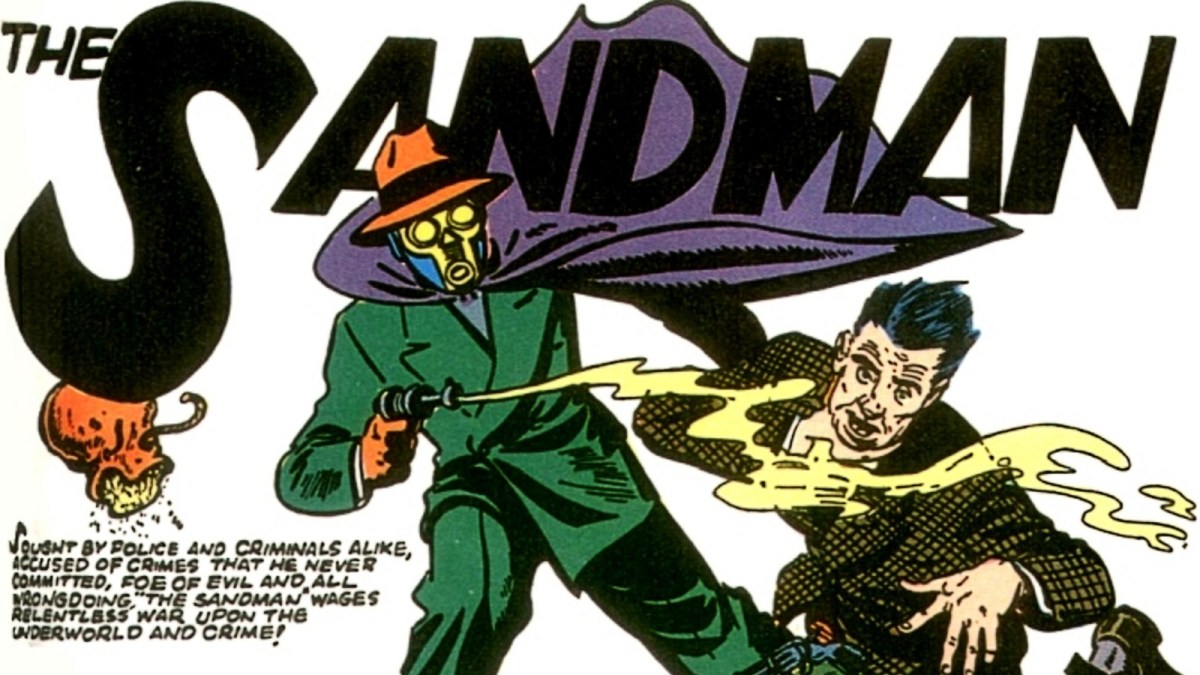Neil Gaiman’s The Sandman is a legendary comic book with a mythological scope that will soon see a Netflix adaptation. But long before Morpheus and The Endless were part of the world of DC, several other heroes would bear the same moniker, albeit in radically different capacities.
The most popular version of the character is probably Gaiman’s, who leans into a fantasy world take that very much reflects the character’s ancient mythological roots. The Sandman, who also goes by Dream or Morpheus, is the lord — and physical embodiment of — all things dream and story-related. The pale-skinned and raven-haired titular character also looks radically different than the typical DC superhero protagonist, with Dream appearing more like a goth kid who is a diehard fan of The Cure.
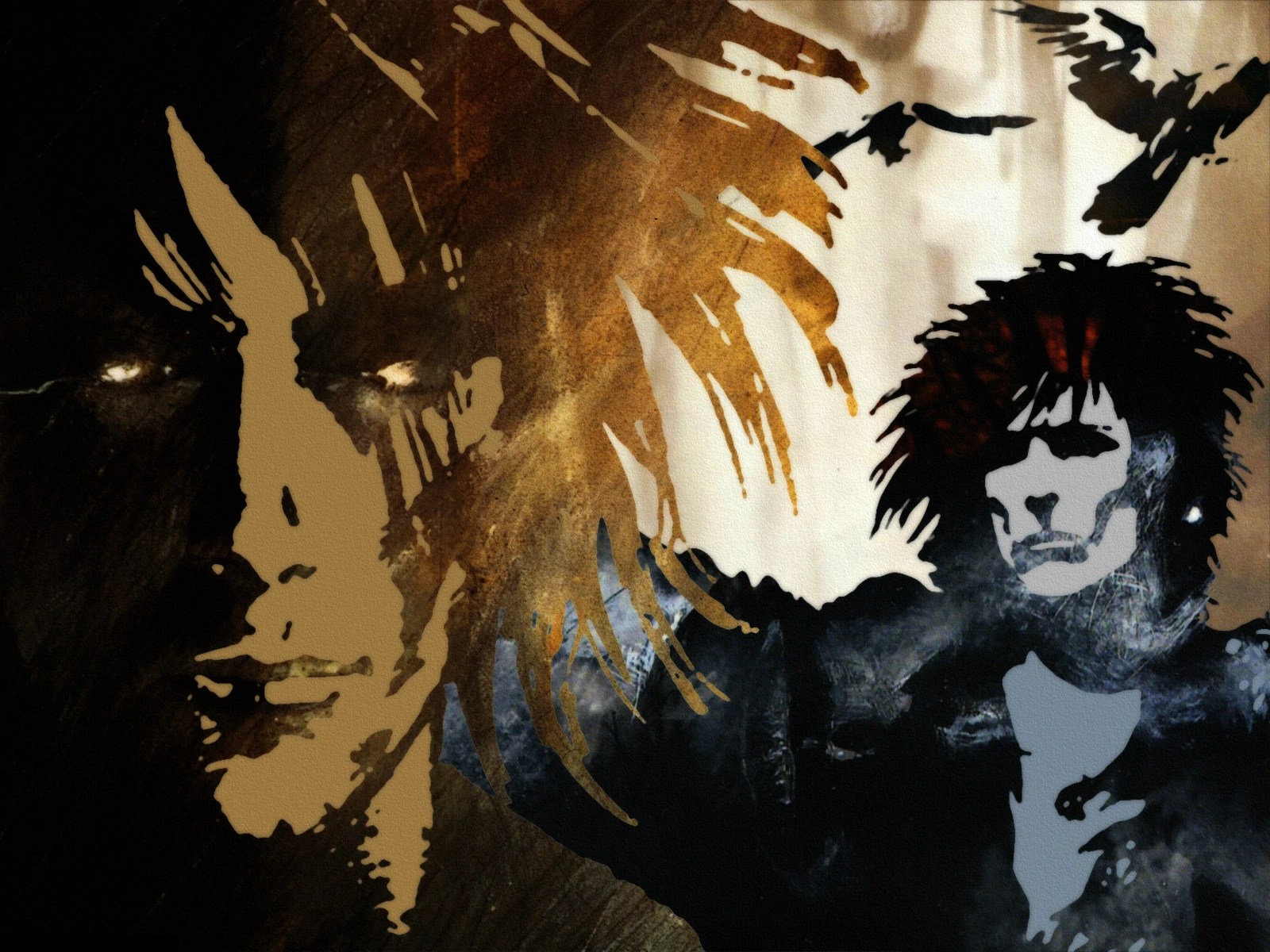
Dream’s six siblings are also anthropomorphized personifications of other universal concepts, such as Death, Destiny, Despair, and Delirium, among others. But long before Gaiman reinvented the character in the late 1980s, DC had another hero with the name Sandman that very much fit in with the style of comics at the time…
1930s Sandman, Wesley Dodds
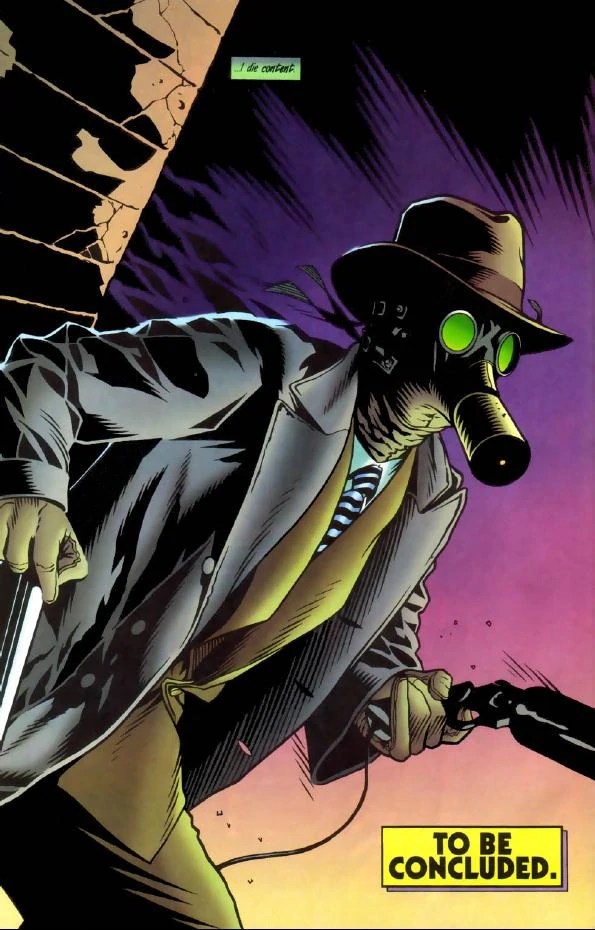
Published during the Golden Age of Comic Books, the 1930s version of The Sandman was a DC title infused with the noir and crime-fighting influence of its age. Rather than being a god-like entity, the character Wesley Dodd sported a green suit, fedora, and gasmask, the latter of which he wore in order to not be knocked out by his own sleeping-gas gun that he would use to subdue criminals, as the blog for Alabama’s Huntsville-Madison County Public Library noted. What’s more, Wesley also had strangely prophetic dreams that aided him in his crime-fighting adventures, an element of the superhero that would tie into the Gaiman-era comics decades later (more on that later).
1940s Sandman and his sidekick: Sandy, the Golden Boy
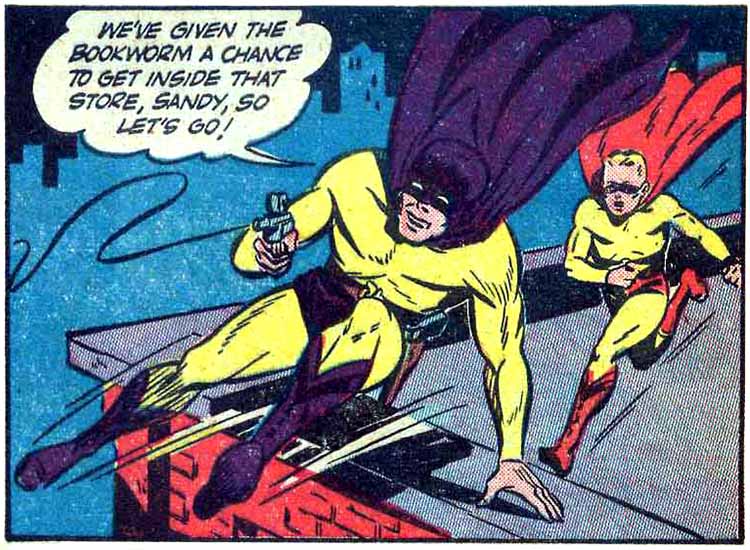
Beginning in the 1940s, Wesley Dodds would undergo a redesign that saw him sporting a more traditional — and less noir-inspired — superhero outfit, ditching the fedora, suit, and gasmask for a unitard made of spandex. What’s more, he was also given a sidekick similar to Batman’s Robin, known as Sandy, the Golden Boy, the HMCPL blog noted. Sanderson Hawkins, who would later take up the mantle of Sandman from his mentor in the years to follow, was also the nephew of Wesley’s romantic partner, Dian Belmont. In fact, Sanderson is the person who convinced Wesley to change his outfit from a green blazer to purple-and-gold, in order to come across as more friendly, the DC Wiki noted.
It was during this era in Wesley’s history that he would be recruited by President Franklin D. Roosevelt to be a founding father of the Justice Society of America during World War II.
1970s: Garrett Sanford, Jack Kirby’s reinvented Sandman
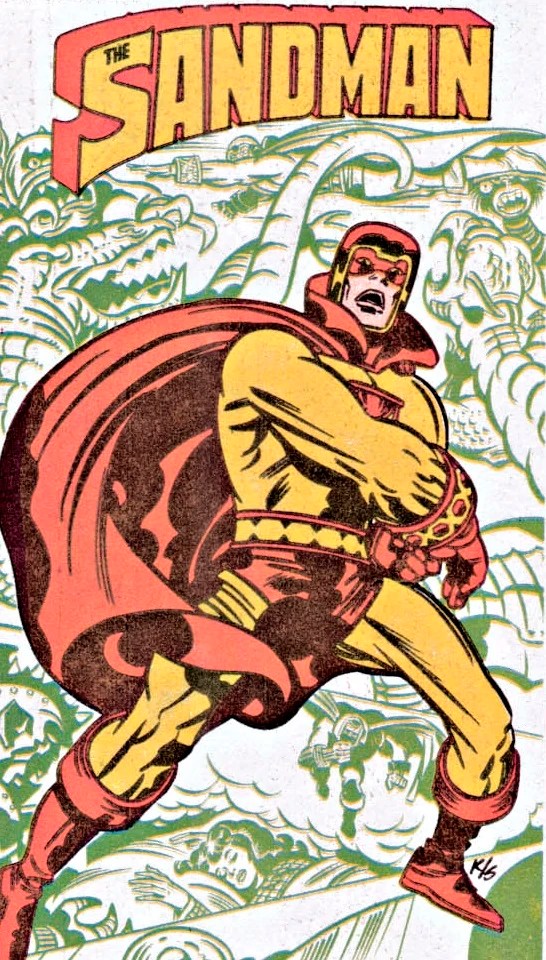
Legendary comic book creator Jack Kirby would try his hand at reinventing Sandman in the 1970s by drafting up a brand new character to take up the mantle, Garrett Sanford. As Sandman, Garrett would don a yellow-and-red costume and “was supposed to be the eternal Sandman of myth and had a new set of powers, sidekicks, and skills,” according to the HMCPL blog.
“Sandman was accompanied by two living nightmare sidekicks named Brute and Glob and used his dream monitoring devices to either enter [The Dream Dimension] or reality streams to protect sleepers from unnatural nightmares.“
Though the character was short-lived, Garrett was later folded into the greater mythos of Gaiman’s Sandman storyline when it was revealed in 1990’s The Sandman Volume 2 #12. As the DC Wiki explained:
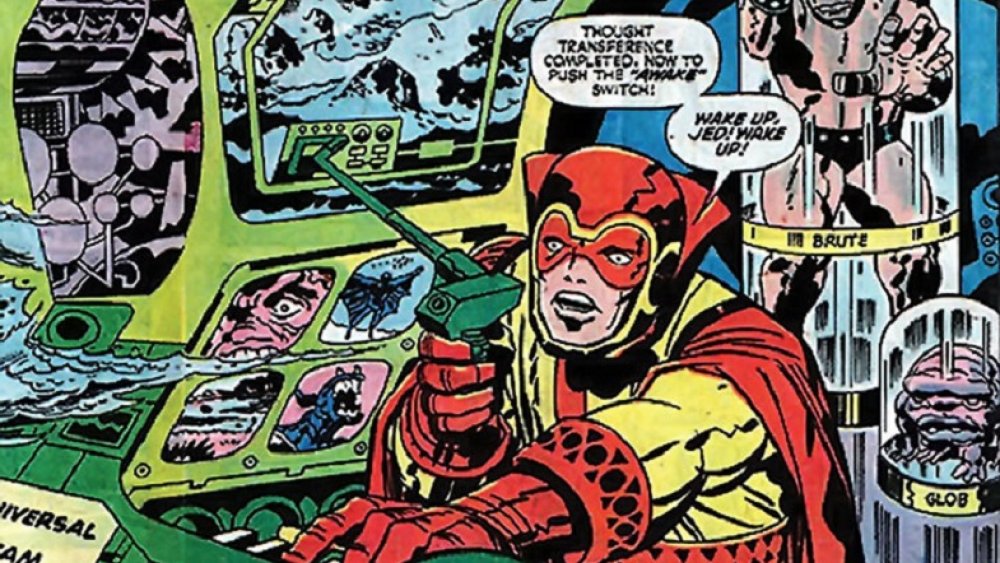
“The Dream Dimension was nothing more than a part of the Dreaming created by Brute and Glob inside the mind of Jed Paulsen (now called Jed Walker, brother of Rose Walker and grandson of Desire and thus Dream’s grandnephew).”
It turned out that Brute and Glob were merely using Garrett as a pawn to try and take over the reality known as the Dreaming while its usual master, Dream of The Endless, was still imprisoned. After Garrett died by suicide, Brute and Glob recruited Hector Hall — AKA Doctor Fate — as the new Sandman and their tool for attempting to gain dominance.
Sanderson Hawkins: from sidekick to successor
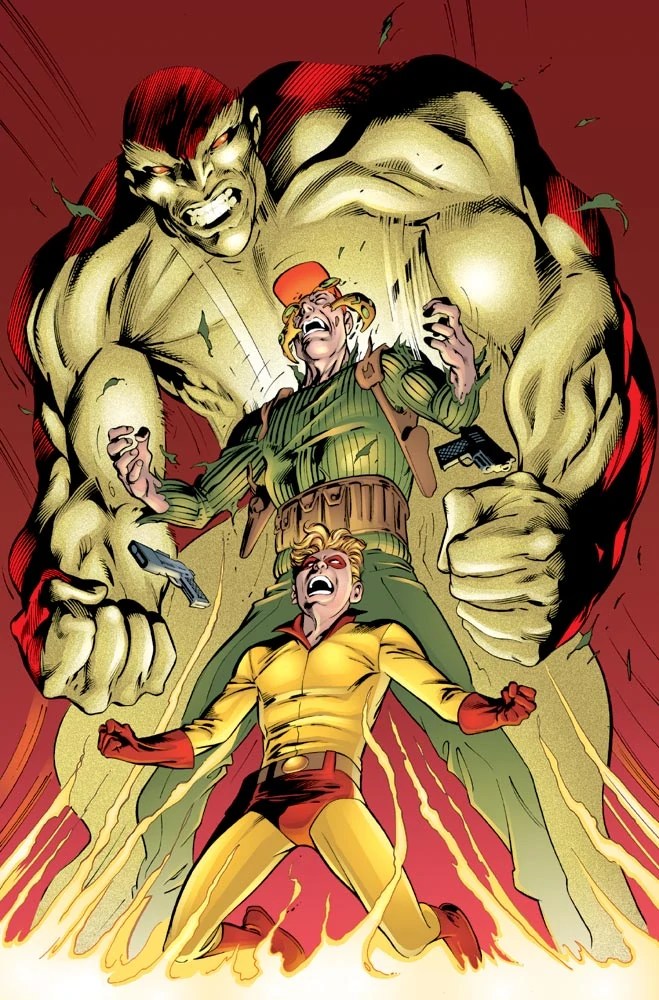
Wesley Dodds’ sidekick — Sanderson Hawkins, once known as Sandy, the Golden Boy — would transform over the years to take up the mantle of Sandman himself. At one point, a strange accident caused by one of Wesley’s experimental weapons resulted in Sanderson being placed in suspended animation for years while his mentor searched for a cure. When the Justice League eventually turned Sanderson back to normal, he gained the superpower of being able to transform into sand himself, as a side-effect, similar to Marvel’s Sandman, the Spider-Man villain, as the DC Wiki explained.
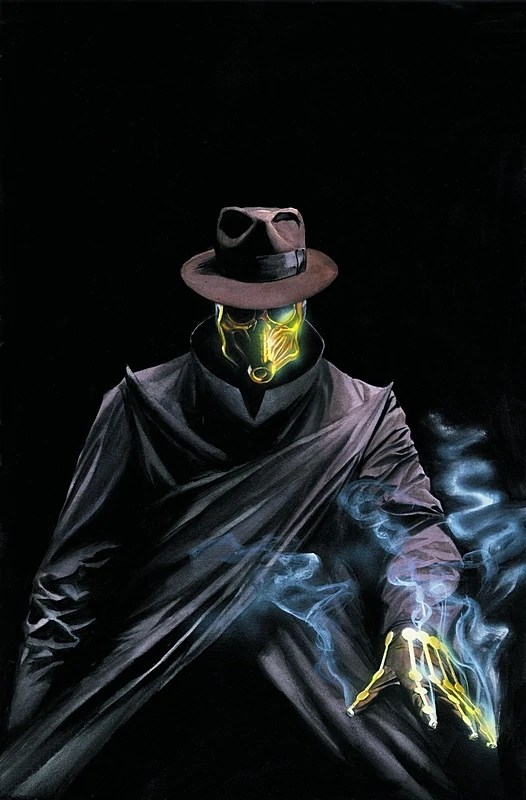
After Wesley died, Sanderson inherited his prophetic dream abilities and later took up the mantle of Sandman. Sanderson even sports a somewhat similar fedora-and-gasmask-wearing outfit as his former deceased mentor.
Morpheus meets Wesley Dodds
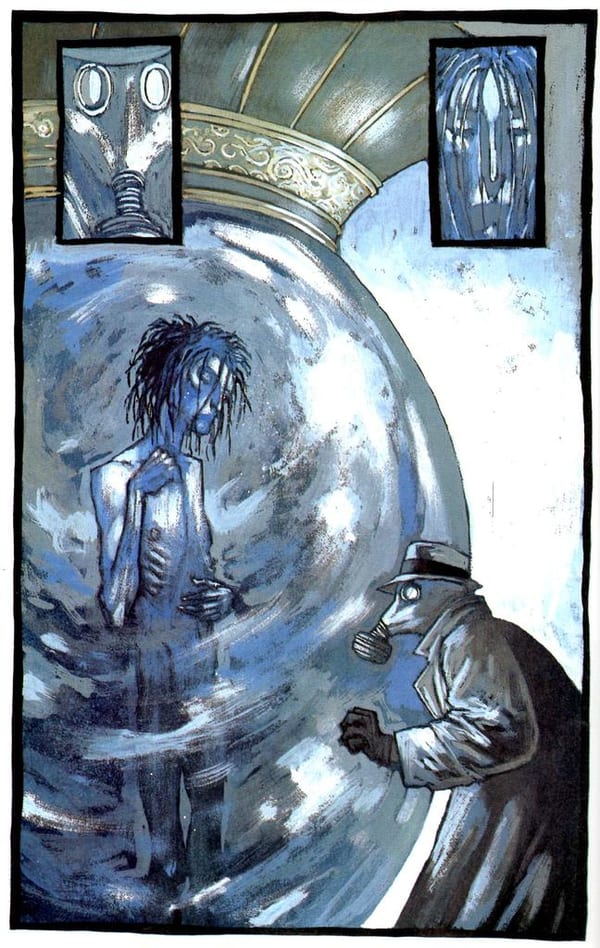
With the Sandman universe’s penchant for exploring various points in history and myths, both modern and ageless, it’s not necessarily a surprise that Dream actually crossed paths with his Golden Age-era counterpoint at one point. In 1995’s Sandman Midnight Theatre #1, Wesley Dodds goes to cultist Roderick Burgess’ home and discovers Dream in the basement prison where he’s being held at the time. It is also alluded to in the comic that Wesley’s prophetic dream powers may have been influenced by Morpheus, to begin with, as We Got This Covered previously reported in a round-up of 10 times The Sandman characters appeared in other comic books.
Even though the upcoming show probably won’t include the likes of Wesley Dodds, Garrett Sanford, or Sanderson Hawkins (but you never know), we can’t wait to see how Tom Sturridge’s god-like Dream comes to life in live-action for Netflix’s The Sandman, which comes to the streaming service August 5.

